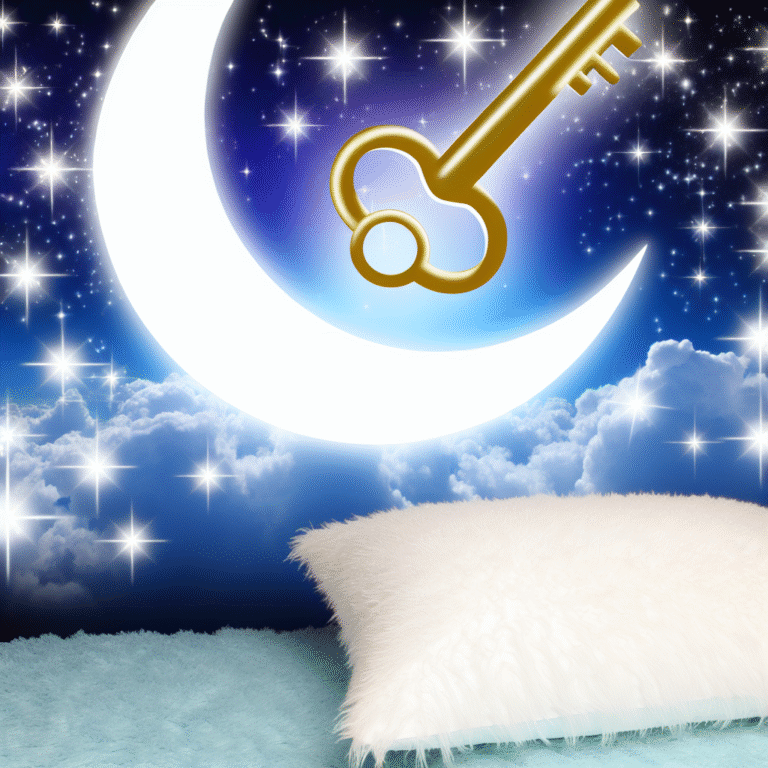
Loneliness in the Digital Age: Navigating Social Media and Real Connections
Introduction
In an era dominated by constant connectivity, one might assume that loneliness has become a relic of the past. However, the digital landscape has paradoxically exacerbated feelings of isolation for many. "Loneliness in the Digital Age: Navigating Social Media and Real Connections" is a vital discussion, as we’ve reached a point where social media platforms can foster superficial relationships, leaving individuals feeling more alone than ever. This article delves deep into the nuances of loneliness, examining how social media affects our sense of connection and offering real strategies to navigate these modern complexities.
Understanding Loneliness in the Context of Technology
What is Loneliness?
Loneliness is often confused with being alone; however, they are inherently different. It’s a feeling of disconnect, an emotional state that can be experienced even when surrounded by others. Research indicates that loneliness does not correlate with the quantity of social interactions but rather the quality.
The Digital Double Edge
The rise of social media platforms like Facebook, Instagram, and Twitter has transformed the way we communicate. While these platforms can increase access to friends and family, they can also lead to feelings of inadequacy or exclusion. Studies show that social network usage can lead to higher levels of loneliness when individuals compare their lives to others’ curated online personas.
Table 1: Loneliness Statistics in Relation to Social Media Usage
| Social Media Usage | Feeling of Loneliness (%) |
|---|---|
| Heavy Users | 45% |
| Moderate Users | 30% |
| Light Users | 18% |
Source: Pew Research Center
Case Study: The Facebook Effect
Consider the 2017 study published in the American Journal of Preventive Medicine, which explored the relationship between Facebook usage and perceived social isolation. It indicated that increased Facebook use could lead to a higher sense of loneliness, particularly among younger adults. Those who frequently scroll through their feeds are often bombarded with images of friends’ happy moments, making them feel that they’re missing out.
Analysis
This phenomenon, often termed "FOMO" (Fear of Missing Out), illustrates the paradox of social media: while it connects us, it can also deepen feelings of isolation. Recognizing these patterns is crucial for understanding "Loneliness in the Digital Age: Navigating Social Media and Real Connections."
Navigating Social Media: Building Quality Connections
Authentic Engagement over Quantity
To combat loneliness, it’s essential to foster authentic engagement. Instead of accumulating followers, focus on nurturing genuine relationships.
Tips for Authentic Engagement:
- Limit Comparisons: Remind yourself that social media reflects a curated version of reality.
- Reach Out Directly: Use messaging apps for private conversations rather than public likes or comments.
- Share Authentically: Post content that reflects your true self, encouraging deeper conversations.
Chart 1: Key Components of Authentic Engagement
| Component | Description |
|---|---|
| Vulnerability | Sharing your real self fosters connection. |
| Active Listening | Engaging fully in conversations increases trust. |
| Off-line Interactions | Prioritizing face-to-face meetings solidifies bonds. |
Case Study: Digital Detox Success Stories
Many individuals report improvements in mood and connections after taking breaks from social media. One notable case is that of Hannah, a 29-year-old teacher who undertook a month-long digital detox. Upon returning to her offline life, she found that her face-to-face interactions were more fulfilling and less strained.
Analysis
Hannah’s experience underscores the importance of conscious consumption of digital spaces. A digital detox can serve as a necessary reset, allowing you to evaluate the emotional impact of your social media habits and reevaluate your personal connections.
Finding Balance: Social Media’s Role in Real Connections
Heartfelt Networking
Social media can be a tool to deepen existing relationships and reconnect with old friends rather than relying on it as a primary form of interaction.
Strategies for Building Stronger Connections:
- Engage in Groups: Join online communities with shared interests to cultivate friendships based on commonalities.
- Create Events: Use social media to organize gatherings or virtual meetups.
- Be Intentional: Approach your time online with specific goals—connecting purposes rather than mindless scrolling.
The Role of Mental Health in Loneliness
A Two-Way Street
Loneliness can lead to mental health issues, and vice versa. Understanding this relationship is crucial in addressing loneliness in the digital age.
Mental Health Strategies:
- Mindfulness Practices: Incorporate mindfulness and meditation to focus on the present moment and reduce negative self-comparisons.
- Seek Help: Don’t hesitate to reach out to mental health professionals if feelings of loneliness persist.
Conclusion
The navigation of "Loneliness in the Digital Age: Navigating Social Media and Real Connections" requires intentionality and foresight. Building authentic relationships in a seemingly disconnected digital space is not just possible; it is vital. By engaging meaningfully, reflecting on our social media habits, and investing in real-life connections, we can mitigate the isolating effects technology may impose.
In a world where it’s easy to feel alone amongst a sea of profiles, remember: true connection transcends the digital screen. Reach out, be vulnerable, and foster the relationships that truly enrich your life.
FAQs
1. Can social media cause loneliness?
Yes, excessive use of social media can lead to feelings of inadequacy and exclusion, resulting in loneliness.
2. How can I combat feelings of loneliness in the digital age?
Focus on building deeper connections through one-on-one interactions, authenticity in sharing, and taking breaks from social media.
3. What are some signs that I’m lonely?
Feelings of emptiness, irritability, or lack of interest in activities that once brought joy can be indicators of loneliness.
4. Is a digital detox beneficial?
Many individuals report improved mental health and deeper connections after taking breaks from social media.
5. How do I manage my social media use effectively?
Set clear boundaries on daily usage, engage in activities that foster real-life interactions, and periodically evaluate how social media makes you feel.
By prioritizing genuine connections and employing mindful practices, we can successfully navigate the complexities of loneliness in our rapidly changing digital environment.

















